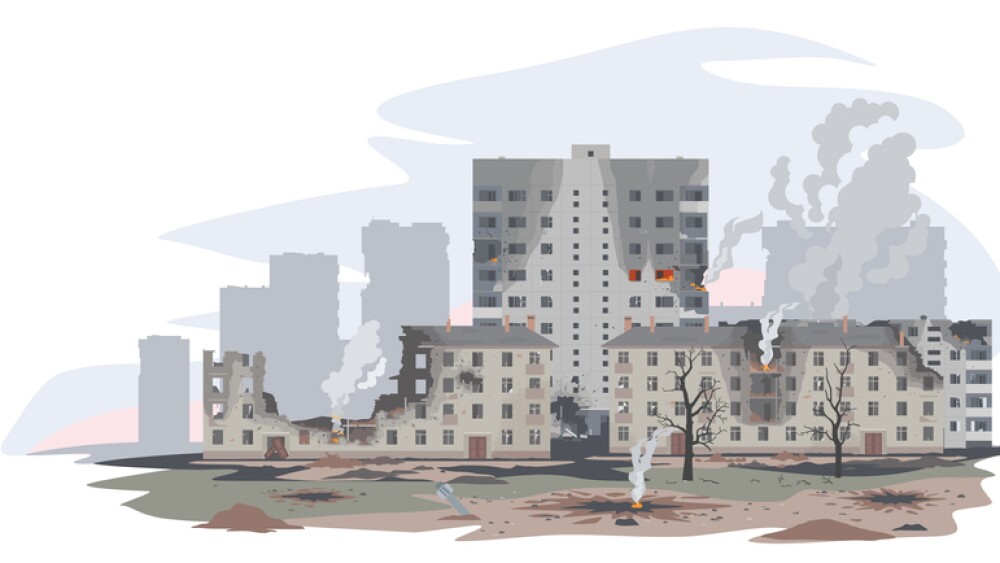As the FDA’s recent rejection of Biogen and Sage’s zuranolone for major depressive disorder highlights, biopharma companies will need to tackle emerging challenges to bring more of these drugs to patients.
Pictured: Colorful illustration of a human brain decorated with circles and lines/iStock, Vitalii Gulenok
Ever since the first neuroactive steroid was approved by the FDA in 2019, new neuroactive steroids to treat neuropsychiatric disorders are entering the drug development pipeline. However, the most advanced of these novel drugs have moved forward in fits and starts, such that progress for this class of therapeutics has been unevenly distributed.
Known as brexanolone, the first neuroactive steroid was marketed by Sage Therapeutics to treat postpartum depression in pregnant women via intravenous injection. This was followed by Marinus Pharmaceuticals’ ganaxolone, which was approved in March 2022 for treating cyclin-dependent kinase-like 5 (CDKL5) deficiency disorder (CDD) in patients two years of age and older.
Then in August 2023, the FDA approved Sage and Biogen’s zuranolone for treating postpartum depression via oral capsule. At the same time, however, the regulatory agency issued a complete response letter for zuranolone in the treatment of major depressive disorder. In the letter, the FDA specified that there was not enough proof of efficacy for the drug in this much more common indication and that additional trials may be needed.
To account for not achieving efficacy endpoints in its Phase III MOUNTAIN trial of major depressive disorder, Sage has increased zuranolone dosing to 50 mg to achieve better outcomes in the follow-up WATERFALL Phase III trial. However, according to the WATERFALL trial results, there was a significant presence of sedation adverse effects in the treatment trial arm compared to placebo, a risk that would likely be magnified if the dose increases beyond that point. Because Sage and Biogen are financially seeking cost-cutting measures, the two collaborating companies are hesitant to pursue another major depressive disorder trial for now, though Sage is planning Phase III trials for treatment-resistant depression, generalized anxiety disorder, and bipolar depression.
Meanwhile, Marinus Pharmaceuticals is moving forward with its neuroactive steroid program, but with similarly spotty success. Ever since the company achieved its first FDA approval for ganaxolone in March 2022, for example, the company has been investigating the use of ganaxolone for treating other neuropsychiatric disorders such as refractory status epilepticus.
In June 2022, Marinus chose to expand the eligibility criteria for its Phase III RAISE trial to include patients previously treated with IV anesthesia as well as patients transferred from other hospitals or treated in the emergency room. However, in August 2023, Oppenheimer downgraded Marinus’ outlook partly due to this expansion in eligibility criteria.
While Marinus’ outlook for refractory status epilepticus may be less bleak than Sage’s outlook for major depressive disorder, Marinus’ outlook is also more unpredictable. In refractory status epilepticus, Marinus runs the risk of having its Phase III trial data compromised by confounding data if too many underlying causes of refractory status epilepticus such as acute brain injury, stroke, trauma, or infection affect the final interpretation of trial results. Given that Marinus’ RAISE trial results have been delayed to Q1 2024, the unknowns behind the final trial analysis may unnerve the investment community. Marinus is also looking into Phase III trials for ganaxolone in tuberous sclerosis complex via the TrustTSC trial.
As the only major companies with neuroactive steroids in late-stage trials at this point in time, Marinus and Sage/Biogen intend to break into lucrative markets. The market size for postpartum depression is approximately $5.1 billion while the market size for status epilepticus is projected to be approximately $4.7 billion by 2030.
Regardless of the risks that neuroactive steroids face in continuing development, the existing progress has already yielded positive results for treating specific subsets of neuropsychiatric disorders such as postpartum depression and CDKL5 deficiency disorder. But it remains a question whether this new class of drugs will be more broadly applicable in the neuropsychiatric space.
Jia Jie Chen writes analyses focusing on drug development in the biotech and pharma industries for BioSpace. He has a doctorate degree in pharmacy and experiences ranging from biotech equity research to business intelligence analysis. Follow him on LinkedIn.






